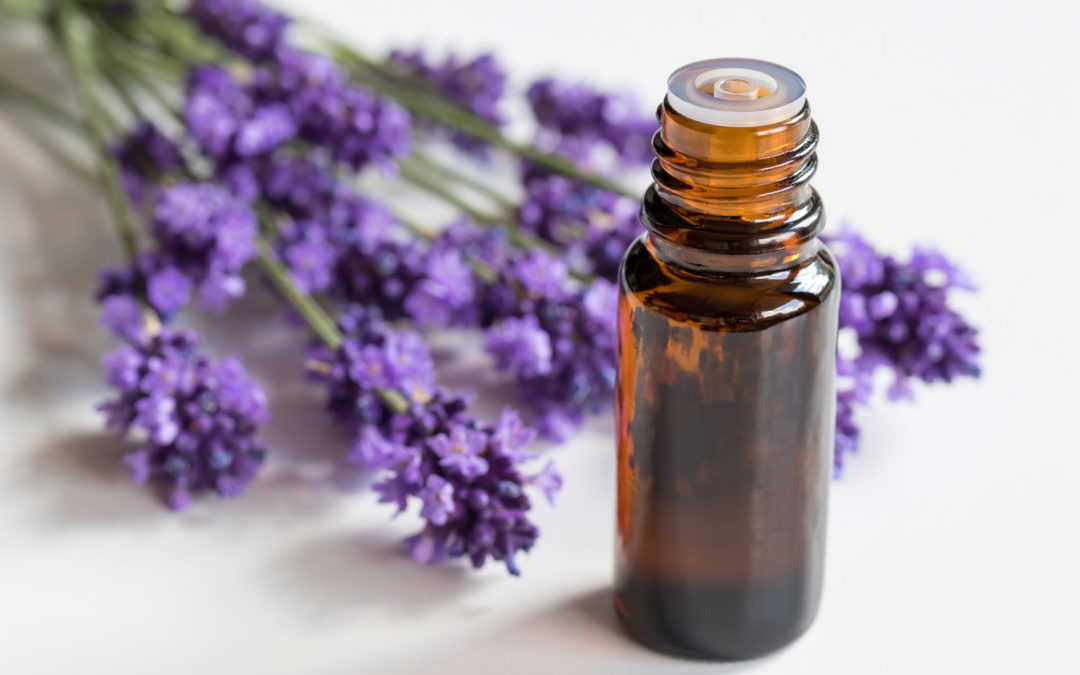According to the Aromatic Plant Research Center, 80% of essential oils are adulterated.
Only about 5% of the total global production of essential oils is ultimately designed for therapeutic use. Most essential oils are produced for fragrance or flavoring. Due to the lack of regulatory standards, essential oil production is highly adulterated even when the labels read “100% pure” or “Therapeutic Grade”.
What are “adulterations”?
Merriam-Webster’s dictionary defines it as: to corrupt, debase, or make impure by the addition of a foreign or inferior substance; to prepare for sale by replacing more valuable with less valuable or inert ingredients.
Top four ways essential oils are “secretly” adulterated

Mixed with a fatty oil:
Fatty oils such as almond oil, coconut oil or jojoba oil are diluted into the essential oil.

Mixed with alcohol:
Alcohols can enhance aromas and allow for dilution without altering the “non-greasy” feel of essential oils. Warning, adulterated oils mixed with alcohols are flammable, do not heat them!

Mixed with synthetics:
Essential oils can also be diluted with fake or synthetic essential oils (chemical recreations) that look, feel and smell almost identical but have no medicinal value.

Mixed with another similar oil:
Blending with cheaper oils from the same plant but from another country (non-indigenous sourcing) that have less medicinal value. Blending with cheaper essentials oils of the same plant but extracted from a different part of the plant that have less medicinal value. Blending with cheaper essential oils from plants of similar species that smell and look alike but have little to no medicinal value.
Signs they are adulterated:
1. Price
Cheap, bulk, over the counter or large bottle essential oils tend to be adulterated.
2. Name
The Latin plant name should always be visible. It shouldn’t just say “Lavender”. Also, make sure it is the medicinal variant you are looking for. For example, there are over 60 variations of Oregano but only one, Origanum Vulgare, holds the highest standards of medicinal qualities.
3. Feel
Essential oils are not oily, they are volatile. They should evaporate quickly and not leave residue on paper or clothing once dried.
4. Smell:
Compare the smell of an essential oil to a bottle of high quality purity tested essential oil that is Certified Pure Therapeutic Grade (CPTG). The difference you smell is due to adulterations or improper extraction and sourcing, meaning less medicinal properties.
5. Transparency:
Purity testing reports should always be provided by the producing company for consumer review. If not, RUN!
6. Results
If you have ever heard “I tried essential oils, but they didn’t work” odds are they were not Certified Pure Therapeutic Grade (CPTG) essential oils.
Testing:
Proper testing should always be completed and released to the consumer for transparency. Due to the sophistication of adulterations with today’s science, GC/MS, or “Gas Chromatography/Mass Spectroscopy” testing alone is not enough to ensure quality. Make sure your essential oils are also tested with: organoleptic assessments, Fourier Transform Infra-Red Spectroscopy (FTIR), optical rotation, specific gravity, refractive index, contamination testing (potentially harmful microorganisms, heavy metals, and pesticides) and on-going stability testing.

